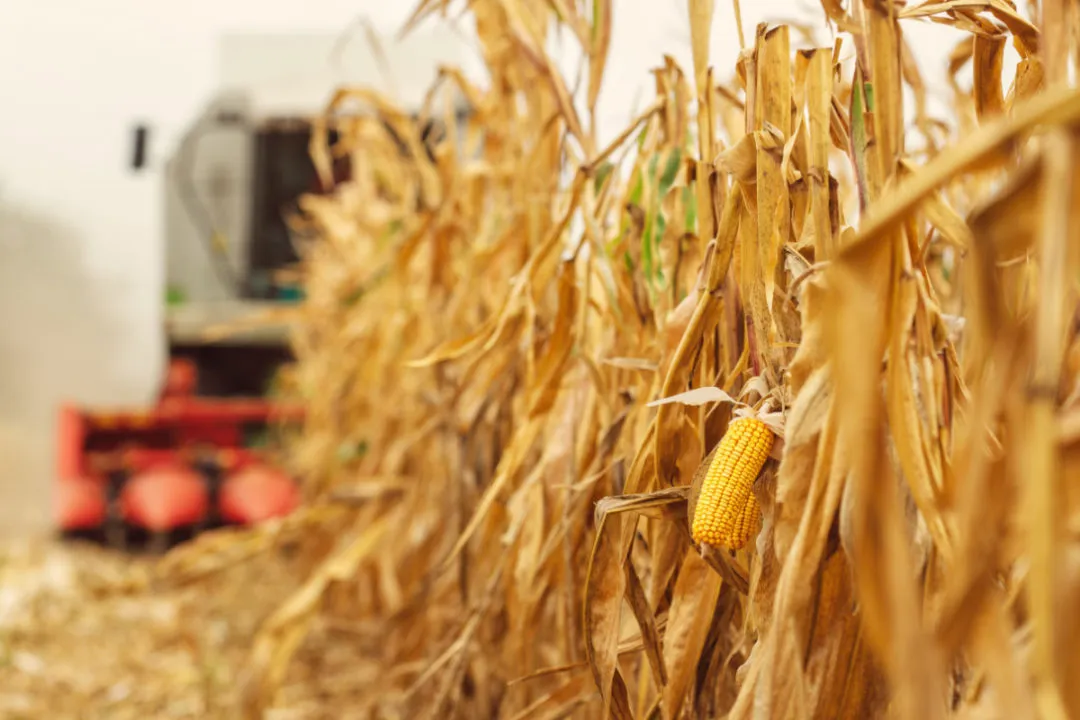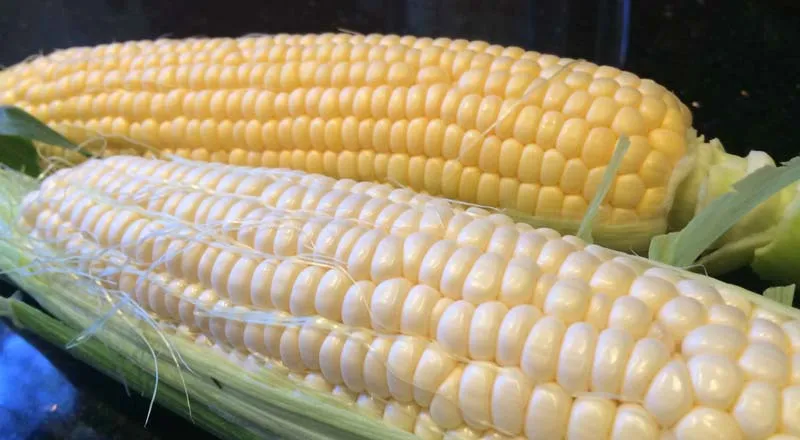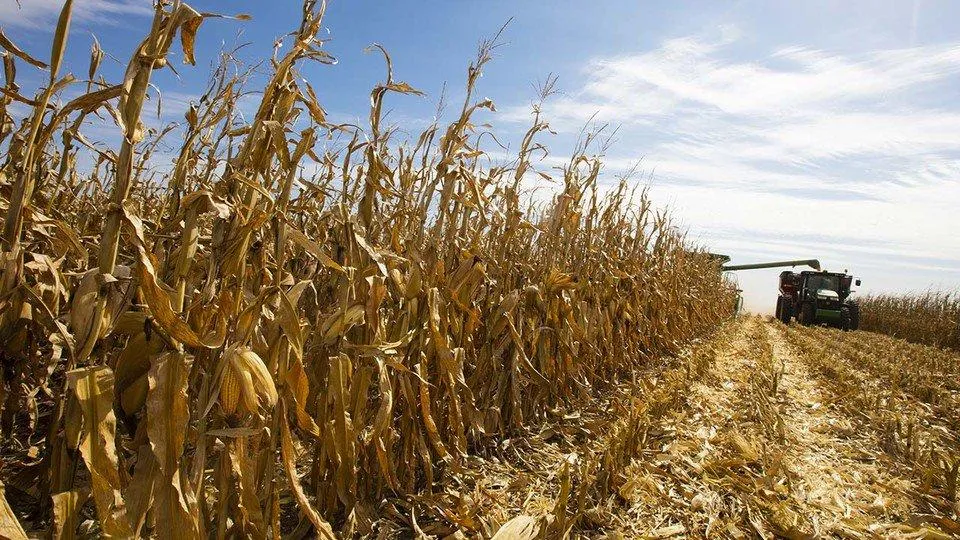The corn plant is an excellent fodder for livestock, especially for dairy cows and draft animals. It is used as fodder at various stages of plant growth, especially at the time of panicle emission or later. The corn plant presents no prussic acid or hydrocyanic acid problems and, therefore, can be used even before flowering or in dry weather.



▶ Corn with grains in the pasture state is the most suitable for use as fodder and contains more dry matter and digestible elements per hectare than any other crop; this is also the best state for preparing silage, although silage corn is mainly used in temperate countries where winter limits its planting and growth; silage is not common in tropical countries where its cultivation can be practically continuous or, at least, cultivated in more than one season.

▶ Credits: cropwatch – [Image of Public Domain]
≕ I invite you to stay tuned and read my next contribution ≔
The remains of maize after harvest are also used as fodder, especially the plants that remain green and erect after harvest and are not completely dry. Maize is an important fodder crop in South and Southeast Asia and in some Middle Eastern countries. Generally, grain varieties are grown at higher densities when intended for forage use as there are few varieties bred specifically for these purposes.
Some corn hybrids with teosinte have been used for forage. The plant density required for maximum forage yield is higher than for grain production; however, the response of these corns to high densities and their effect on yield and nutritional value is not precisely known.

Statistics on the area of corn planted and used as forage are not readily available. This may be due, at least in part, to the fact that corn is very often planted for the dual purpose of forage and grain.
NOTE: Reference material.